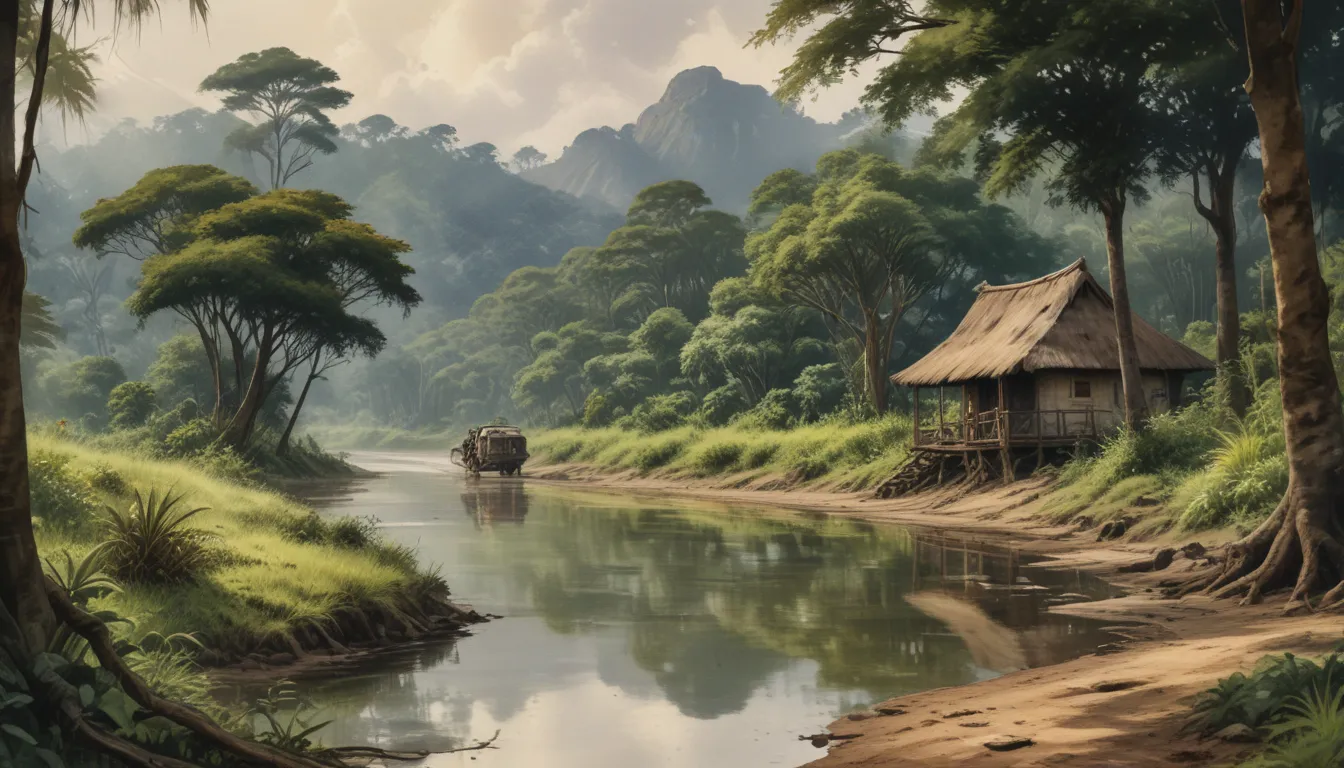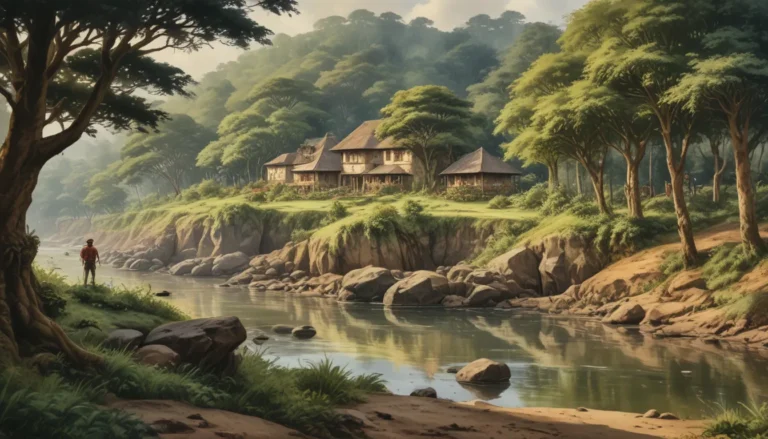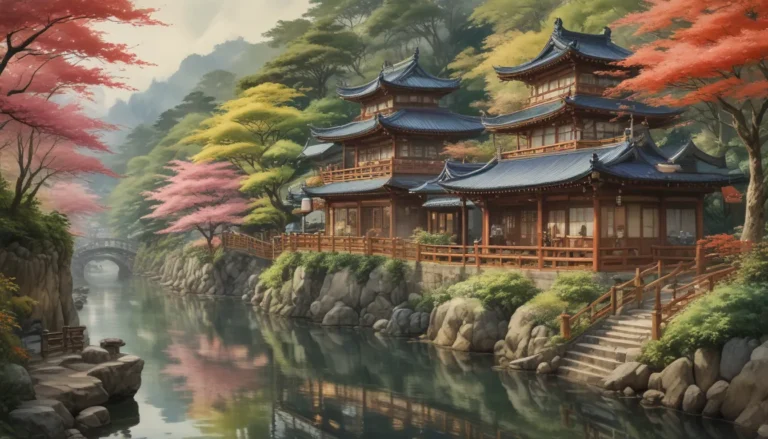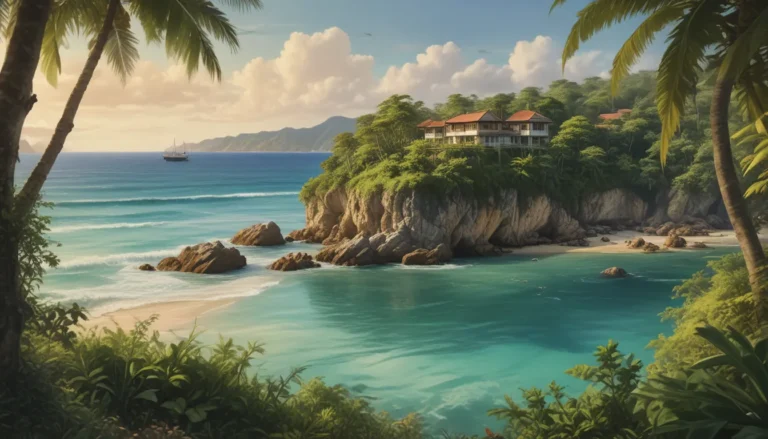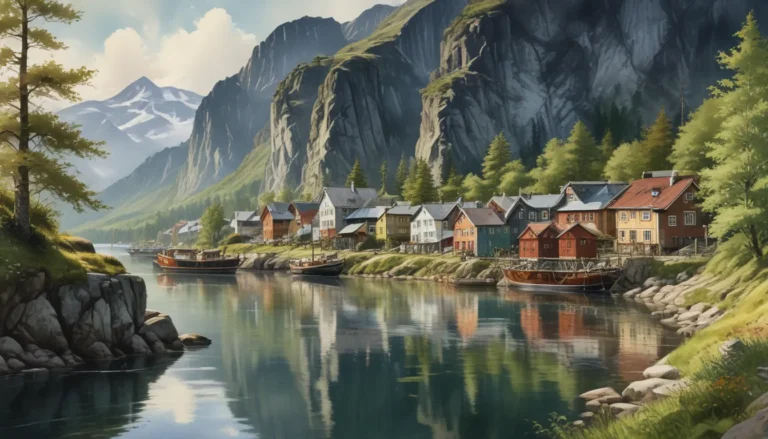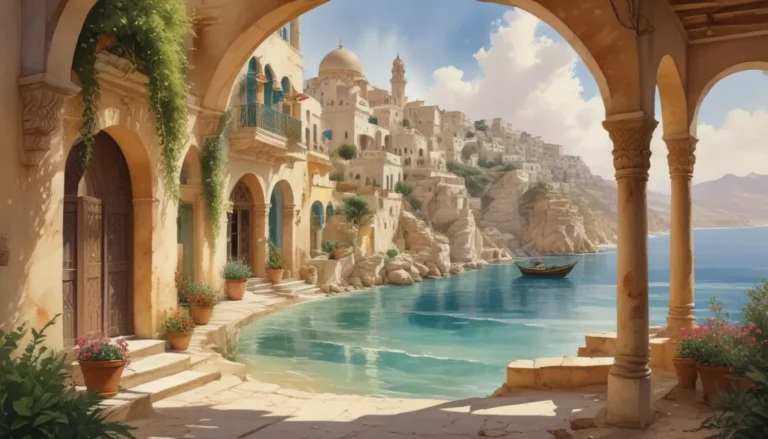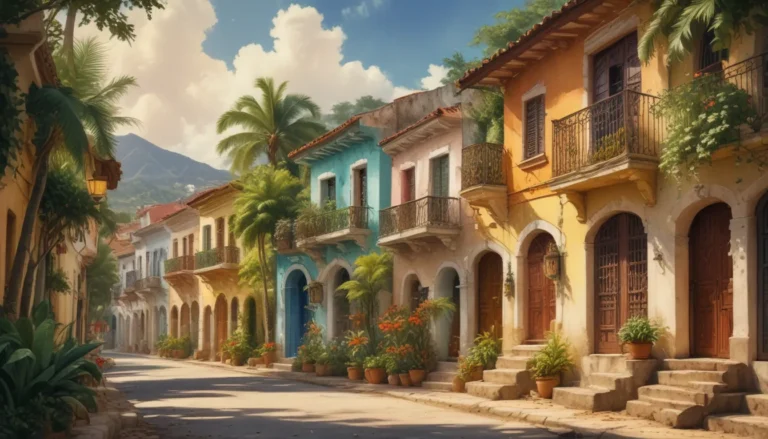The images in our articles are for illustrative purposes only and may not exactly match the content. They are intended to capture your interest and complement the text, not to replace it.
Welcome to the Democratic Republic of the Congo, a country brimming with diversity, resilience, and natural beauty. Nestled in Central Africa, this captivating nation has a rich tapestry of culture, history, and landscapes waiting to be explored. Join us on a virtual journey as we uncover 49 intriguing facts about the Democratic Republic of the Congo, shedding light on its unique characteristics and providing insight into its people, history, geography, and more. Whether you’re an intrepid traveler, a history buff, or simply curious about the world, these facts will deepen your understanding of this remarkable country. Let’s dive in and uncover the wonders of the Democratic Republic of the Congo together.
Embracing the Diversity and Resilience of the DRC
- The Democratic Republic of the Congo is the second-largest country in Africa, boasting a vast territory that spans approximately 2.34 million square kilometers.
- Home to the Congo River, the second longest river in Africa, stretching over 4,700 kilometers and serving as a vital lifeline for transportation and trade.
- Blessed with abundant natural resources, including minerals like copper, cobalt, diamonds, gold, and coltan, essential for modern technologies.
- Despite facing political instability and conflict throughout its history, the DRC harbors immense potential for growth and positive change, offering a promising future for its people.
Unveiling the Rich Culture and Heritage of the DRC
- Kinshasa, the bustling capital and largest city of the Democratic Republic of the Congo, is a vibrant cultural hub with a population exceeding 14 million.
- The country’s diverse ethnic fabric comprises over 200 ethnic groups, each with its unique traditions, languages, and customs.
- French serves as the official language of the DRC, widely spoken in government, education, and media, reflecting its colonial history.
Exploring the Natural Wonders of the DRC
- Home to the endangered mountain gorillas in the Virunga Mountains, offering a rare opportunity to witness these magnificent creatures in their natural habitat.
- The Congo Basin, the second-largest rainforest globally, spans six countries, including a significant portion of the DRC, teeming with diverse plant and animal species.
- From picturesque waterfalls to magnificent lakes, the DRC boasts stunning natural landscapes, including the breathtaking Lake Kivu and Kisangani waterfalls.
Unraveling the History and Traditions of the DRC
- Formerly known as Zaire from 1971 to 1997 under President Mobutu Sese Seko, the DRC gained independence from Belgium on June 30, 1960.
- The country’s rich cultural heritage shines through vibrant music and dance traditions, with genres like soukous and rumba gaining international acclaim.
- The folklore and storytelling traditions of the DRC play a vital role in preserving history, legends, and moral lessons across generations.
Navigating Challenges and Celebrating Resilience in the DRC
- Despite facing ongoing challenges, including active rebel groups and epidemics like Ebola, the Congolese people exhibit remarkable resilience and determination.
- The country’s vibrant traditional attire, cultural diversity, and passion for football reflect the resilience and vibrant spirit of its people.
Looking Towards a Bright Future for the DRC
- While the DRC ranks among the world’s poorest countries, its immense potential for growth, development, and positive change offers hope for a brighter future.
- As the country continues to navigate its complex colonial history and address socio-economic disparities, it remains a land of contrasts, rich in culture and diversity.
Delving Deeper into the Wonders of the DRC
In conclusion, the Democratic Republic of the Congo stands as a captivating country with a wealth of history, culture, and natural treasures waiting to be explored. By unveiling these 49 enlightening facts, we hope to provide a glimpse into the vibrant tapestry of the DRC and inspire further discovery. Whether you’re drawn to its natural wonders, cultural heritage, or resilient spirit, the Democratic Republic of the Congo offers a myriad of experiences for curious minds and explorers alike.
Frequently Asked Questions
- What is the capital city of the Democratic Republic of the Congo?
-
The capital city of the Democratic Republic of the Congo is Kinshasa.
-
What languages are spoken in the DRC?
-
French is the official language, supplemented by local languages like Lingala, Swahili, and Kikongo.
-
What is the population of the DRC?
-
As of 2021, the estimated population of the Democratic Republic of the Congo is around 89 million people.
-
Are there famous tourist attractions in the DRC?
-
Yes, attractions include Virunga National Park and the Congo River, offering unique natural experiences.
-
Is it safe to travel to the DRC?
-
Travelers should stay informed about security conditions, as parts of the DRC can experience instability.
-
What are some traditional dishes in the DRC?
- Popular dishes include fufu, moambe, and saka-saka, reflecting the country’s culinary heritage.
Join Us in Exploring the Diverse and Resilient Democratic Republic of the Congo
As we conclude our journey through the fascinating facts of the Democratic Republic of the Congo, we invite you to delve deeper into this dynamic country’s history, wildlife, and cultural tapestry. From the endangered bonobos to the vibrant music scene, the DRC holds a plethora of wonders waiting to be discovered. Embrace the spirit of resilience and diversity that defines the Congolese people as they navigate challenges and celebrate their rich heritage. Together, let’s continue to explore, learn, and appreciate the captivating world of the Democratic Republic of the Congo.
